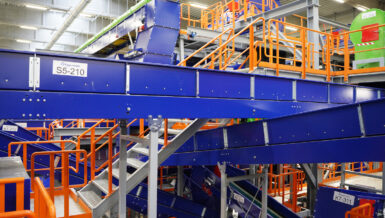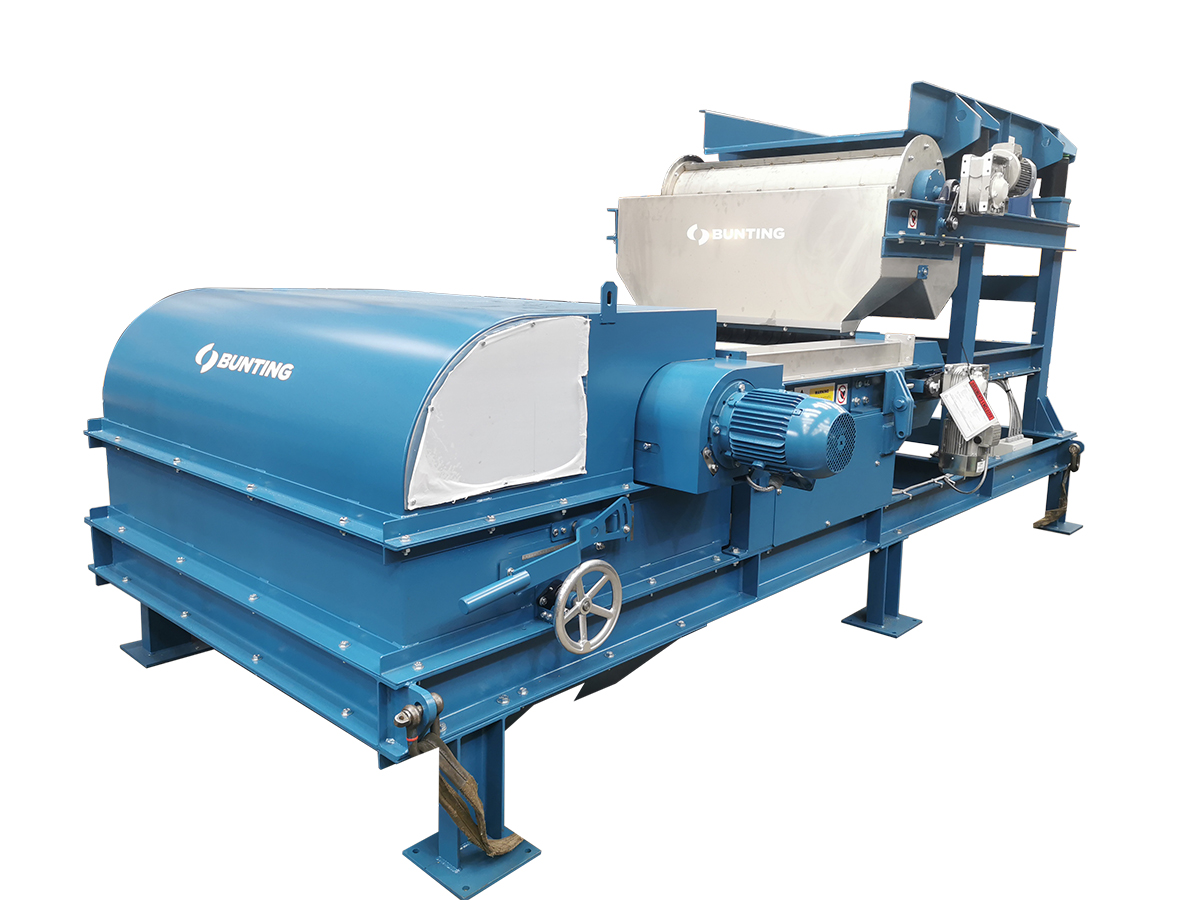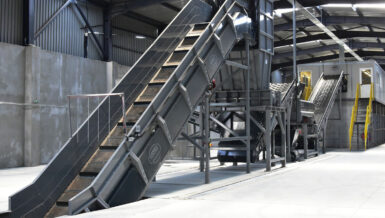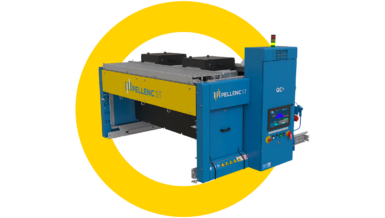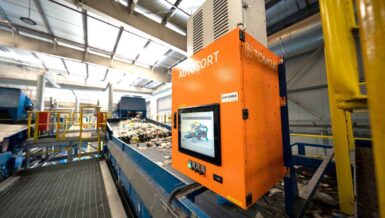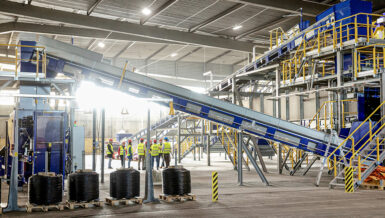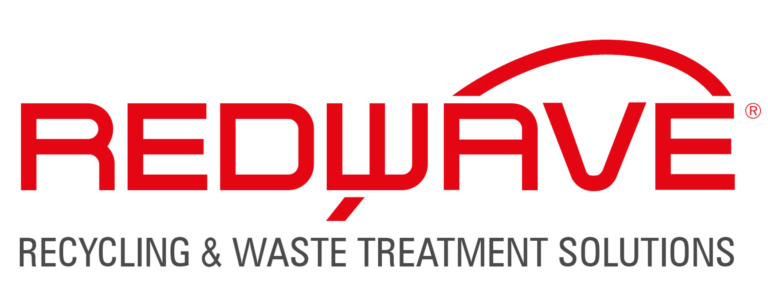To keep ahead of competitors, operators need to integrate the latest sorting and reporting technology into their recovery facility. Look no further than Max-AI®.
Max-AI® technology can be implemented throughout a material or plastic recovery facility (MRF/PRF). It starts with the Max-AI® VIS (Visual Identification System), encompassing both a vision system and multi-layered neural network to see and identify objects similar to the way a person does. VIS can be used as a standalone product or paired with robotic sorters (Max-AI AQC, Max-AI AQC-C) or with optical sorters (NRT SpydIR® with Max-AI, NRT ColorPlus™ with Max-AI.) This article will focus on the specific advantages of two Max-AI applications: the standalone Max-AI® VIS and the Max-AI® AQC-C, a collaborative robot (co-bot) especially made for working alongside people and in tight spaces.
The Max-AI® AQC-C, consisting of a vision system (VIS) and at least one CoBot is quickly and easily installed into existing MRFs or PRFs. These units can be installed in just a few hours. These CoBots work safely alongside people, unlike larger Max-AI AQC robotic sorters which are positioned above the conveyor and require structure to support the robot and guard employees. The AQC-C is positioned next to the belt, between chutes—the same way a person is positioned. The AQC-C can be installed in sort cabins, on narrow walkways, and in other tight locations alongside employees. It is also easily scalable, with the ability to install up to four robotic sorters behind each Max-AI VIS. Each sorter can sort up to 40 picks per minute and up to four different material types for a total of 160 picks per minute with four CoBots!
In cases where footprint limitations are a factor, the Max-AI® AQC-C is an ideal solution because it can work essentially any place a manual sorter can. But, unlike a manual sorter, the Max-AI® AQC-C won’t get tired, sick, or injured, and it will show up every day and sort all day without a break. Offering the ultimate flexibility, customers can add one, two, three, or four AQC-C units per VIS, enabling them to easily adapt to their processing needs as they evolve over time. AQC-C units also can be moved among VIS units throughout a facility as sorting needs change. In addition, the neural networks can be retrained to identify new materials as waste streams change.
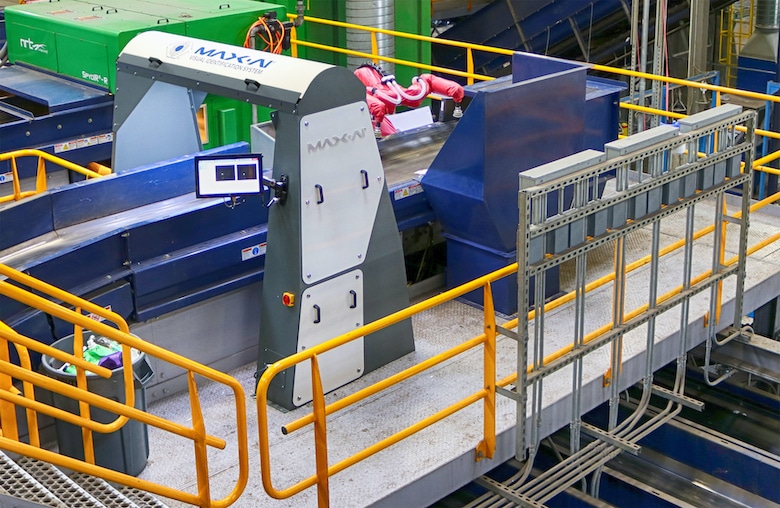
The Max-AI® VIS (Visual Identification System) is not only paired with robotic sorters and optical sorters but can be used as an autonomous vision system that analyzes and reports material composition data to system operators. Max-AI® VIS identifies recyclables in real-time and is a cost-effective way to monitor material composition throughout a system. VIS can be used to monitor inbound material stream, machine center, or equipment performance, verify the quality of end products, or to analyze residue as it leaves a system. The VIS interface is intuitive and user friendly with detailed reporting. VIS uses minimal structure and footprint for easy, quick installation.
VIS can be used to learn more about a MRF’s or PRF’s material stream and can be used in combination with a number of sorting devices at a MRF/PRF for the ultimate operational versatility and responsiveness. The standard VIS design provides the flexibility to add equipment to VIS units or to move equipment in the future as a MRF’s/PRF’s processing needs change. The VIS advanced neural network can be retrained to identify new materials as waste streams change. Max-AI® is the world’s most-installed AI-powered recycling solution. The technology is driving improvements in MRF design, operational efficiency, safety, recovery, system optimization, maintenance, and more.




